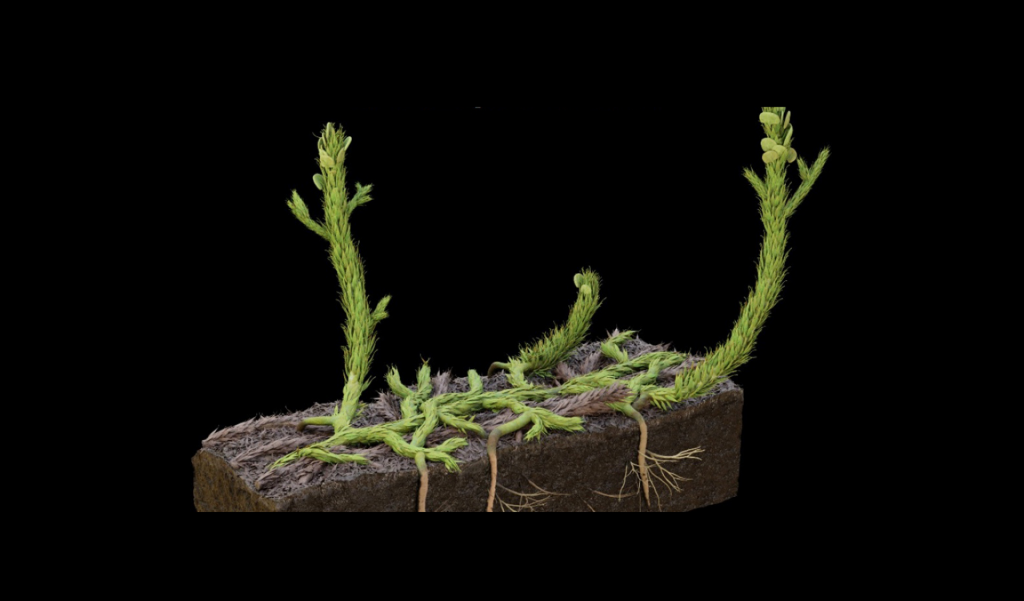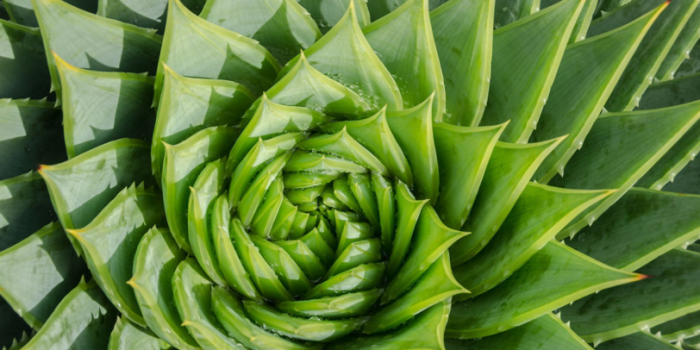Plants have existed for millions of years, displaying a wide array of patterns and structures. Among these patterns, one has captivated scientists for its enigmatic nature—the Fibonacci spiral.
Named after the renowned mathematician Leonardo Fibonacci, this spiral pattern is commonly observed in nature, particularly in plants. However, a recent study has challenged the long-held belief that Fibonacci spirals are an ancient and preserved feature of plants.
The study, led by Holly-Anne Turner, a Ph.D. student in Paleontology at University College Cork (UCC), delved into the investigation of Fibonacci spirals by analyzing the leaves and reproductive structures of a fossilized plant. This research was initiated during Turner’s undergraduate years at the University of Edinburgh. The Fibonacci sequence, a series where each number is the sum of the two preceding numbers, serves as the basis for these spirals. Fibonacci spirals are created visually by drawing arcs from a central point and expanding the circles outward, with their radii following the Fibonacci sequence. This spiral pattern is widely observed in nature.

Two well-known examples of Fibonacci spirals are the arrangement of sunflower seeds and pine cone scales. Sunflower heads exhibit spirals formed by the seeds, with two sets of spirals—one clockwise and one counterclockwise. Similarly, pine cones showcase spiraling scales. The number of clockwise and counterclockwise spirals often align with consecutive Fibonacci numbers. The prevalence of these spirals led scientists to believe that they were present in the earliest plants on Earth, until now.
To investigate this further, the research team focused on the Asteroxylon mackiei, a 407-million-year-old fossilized plant from the earliest group of leafy plants, found in the Rhynie Chert near Aberdeen, Scotland. The team employed advanced techniques, including 3D printing and digital rendering, to recreate 3D models of the plant with the assistance of digital artist Matt Humpage. By analyzing the ancient plant’s reproductive structures and leaf arrangements, the team sought to shed light on the presence of Fibonacci spirals.

Contrary to expectations, the team’s findings revealed distinct non-Fibonacci spirals in the leaf arrangement of Asteroxylon mackiei. This discovery challenges the previously held assumption that Fibonacci spirals were a characteristic feature of the most ancient plant species. Instead, it suggests separate evolutionary paths for leaf spirals in different plant groups, indicating that non-Fibonacci spirals were prevalent in early clubmosses.

The prevalence of Fibonacci spirals in nature begs the question: why are they so common today? Some scientists propose that these spirals provide maximum packing efficiency and optimal exposure to sunlight for seeds. Understanding the growth patterns of early plants and delving further into their evolution is crucial for comprehending the intricacies of plant life on Earth today.
The significant findings of this study highlight the necessity for further research on early plants and their growth patterns. By expanding our knowledge in this area, we can gain a better understanding of the fascinating world of plants that surrounds us. The study, which challenges our assumptions about Fibonacci spirals, has been published in the journal Science, offering a new perspective on the evolution of plant structures.


